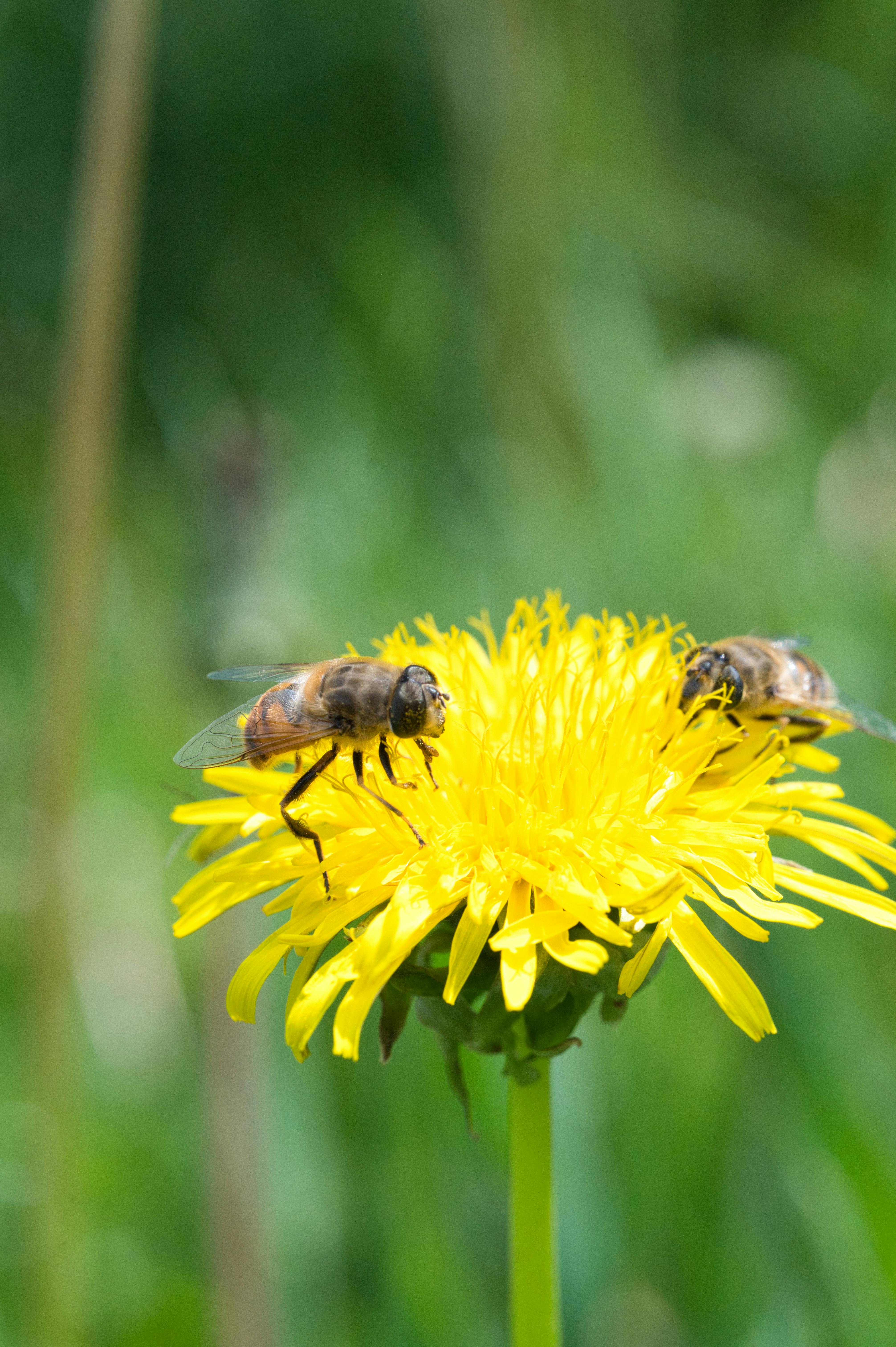Unveiling the Fascinating World of Stingless Bees: Tiny Pollinators with a Big Impact
Intro: Get ready to delve into the intriguing universe of stingless bees. These tiny creatures may not be as renowned as their stinging counterparts, but their ecological significance and unique behaviors make them a topic worth exploring. Let's embark on a journey to uncover the hidden world of these miniature marvels.

The World of Stingless Bees: A Historical Overview
Stingless bees, belonging to the Meliponini tribe, are native to tropical and subtropical regions worldwide. With a history dating back to the early Cretaceous period, these bees have been co-existing with flowering plants for over 100 million years. Ancient civilizations, like the Mayans, revered these bees and recognized their importance in pollination and honey production, a tradition that continues in some cultures today.
The Ecological Significance of Stingless Bees
As pollinators, stingless bees play a pivotal role in maintaining biodiversity. They are crucial to the reproduction of various plant species, aiding in the production of fruits, seeds, and nuts. Their small size allows them to access flowers that other pollinators cannot, making them indispensable in certain ecosystems.
The Unique Behaviors of Stingless Bees
Unlike other bees, stingless bees have a highly sophisticated social structure. Each colony has a single queen bee, whose primary role is reproduction, while worker bees perform various duties such as foraging, nest building, and defense. What’s fascinating is their intricate nest architecture, often featuring beautifully patterned brood cells and elaborate defences against predators.
The Market for Stingless Bee Products
The products derived from stingless bees, particularly their honey, have significant market value. Known for its unique flavor and medicinal properties, stingless bee honey can fetch prices up to three times higher than regular honey. However, due to their small size and lower honey production, these bees are not widely used in commercial beekeeping.
The Future of Stingless Bees: Conservation Efforts and Challenges
Despite their ecological importance, stingless bees face several threats, including habitat destruction and climate change. Conservation efforts are being made to protect these bees, but there is a need for more research and public awareness. Their future, like many other pollinators, is uncertain, but the fight to preserve them continues.
Stingless bees may be small in size, but their contribution to our planet is immense. By understanding their importance and the threats they face, we can appreciate these little creatures and the big roles they play in our world. Their story is a testament to the interconnectedness of life and a reminder of our responsibility towards nature.




